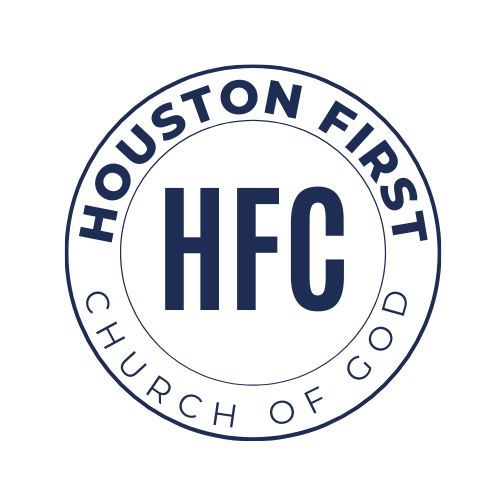Our History
Over ninety years ago, the first work of the Church of God was begun in Houston. It was a most interesting commencement, beginning with the personal witness of a black woman evangelist, who was a servant of Mrs. Thomas H. Ball, wife of a prominent lawyer and former congressional representative. Mrs. Ball was converted and upon becoming sanctified, she was at once active in God’s Word. She bought a tent and started a Sunday School. The first permanent church building was over a drug store on North Main. The church remained at this site until 1915 when the congregation bought a Baptist Church building on Bishop Street and became known as the Church of God.
In 1936, the church purchased land on West 11th Street, in the Heights, and built a small building. In 1953, the church’s vision expanded to include a Bible Institute to train young men and women for the ministry that was initially called South Texas Bible Institute. It later became known as Gulf Coast Bible College and in 1985, Gulf Coast Bible College moved from the Heights of Houston to become Mid-America Bible College in Southwest Oklahoma City.
In 1975, the congregation moved to its present location where it began to serve what was then the outer border of Northwest Houston. In 1977, the church began the ministry of Wee Care Day Care.
Today, we believe God still has a great ministry for Houston First Church to accomplish. AS the city has grown around us, we believe that God has strategically placed us here to help those who are hurting; to befriend those who feel as if they are alone; to teach of Christ and His love to all whom will listen; in addition, to build the Kingdom of God one soul at a time.
The Church of God
The Church of God, with U.S. offices in Anderson, Indiana, began in 1881 as a movement emphasizing the unity of God’s people and holy living. Daniel S. Warner and several associates sought to forsake denominational hierarchies and formal creeds, trusting solely in the Holy Spirit as their overseer and the Bible as their statement of belief. These individuals saw themselves as the forefront of a movement to restore unity and holiness to the church. Their aim was not to establish another denomination but to promote primary allegiance to Jesus Christ so as to transcend denominational loyalties.
Deeply influenced by Wesleyan theology and Pietism, the church’s generally accepted teachings include the divine inspiration of Scripture; forgiveness of sin through the atonement of Jesus Christ and repentance of the believer; the experience of holiness; the personal return of Christ; the kingdom of God as established here and now; the resurrection of the dead; a final judgment in which there will be reward for the righteous and punishment for the wicked.
Within the church, baptism by immersion is viewed as a witness to the new believer’s regeneration in Christ and inclusion in the family of God. The Lord’s supper reminds participants of the grace experienced in the life of the believer. Foot washing is practiced in acknowledgement and acceptance of the servant ministry of all Christians to each other and to the world. These symbolic acts are understood to be affirmative reminders of what God has done in Christ. None of these practices, termed ordinances, are considered mandatory conditions of Christian experience or fellowship.
Within the church, baptism by immersion is viewed as a witness to the new believer’s regeneration in Christ and inclusion in the family of God. The Lord’s supper reminds participants of the grace experienced in the life of the believer. Foot washing is practiced in acknowledgement and acceptance of the servant ministry of all Christians to each other and to the world. These symbolic acts are understood to be affirmative reminders of what God has done in Christ. None of these practices, termed ordinances, are considered mandatory conditions of Christian experience or fellowship.
There is no formal membership. Individuals are assumed to be members on the basis of personal conversion and conduct that supports that conversion experience. this is consistent with the church’s understanding of how Christian unity is achieved – a unity based on spiritual experience rather than creedal agreement.
The Church of God is congregational in government. Each local congregation is autonomous. Ministers meet in voluntary state, regional and national assemblies, and other associations. In North America, the General Assembly, composed primarily of ministers but also includes lay congregational delegates, meets in connection with the movement’s annual North American Convention held in Anderson, Indiana.
In 1891 the movement’s first missionary was sent to Mexico. Since those early days, the Church of God has continued to grow in to a multi-national community of faith. At present, the largest concentrations of U.S. churches are in the Midwest, along the Pacific Coast, and in western Pennsylvania. Average weekend attendance in the congregations of the United States and Canada totals approximately 235,000. There are approximately 2,300 congregations in the U.S. and Canada. Worldwide, the movement has work in 90 countries representing approximately 7,340 churches and over 750,000 believers.
Used with permission, 2003. Church of God Ministries: chog.org
